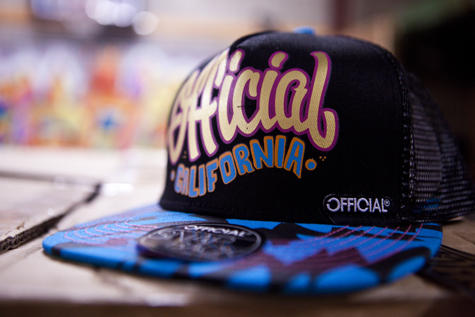 Photos by Wesley Davis
Photos by Wesley Davis
Submerge chats with Jason Maggio, founder of Sacramento-based headwear brand Official Crown of Laurel
What happens when a creative and well connected thirty-something ex-magazine publisher has a little in between time after selling his company? Does he stop working and just relax, ignoring the entrepreneurial spirit that beckons from within? Sacramentan Jason Maggio sure didn’t in 2007 when he founded a premium headwear company called Official Crown of Laurel, or Official for short. Maggio saw a void in premium headwear with influences coming from skate, street and DIY fashions, and so Official was born. Fast forward a few years and his products have been seen worn by celebrities and tastemakers all over the world. Retailers both big and small proudly carry his products, and much like the shoe companies that attract sneakerheads who collect as many pairs of shoes as they can, Official provides nearly endless options of stylish headwear to an audience with an insatiable appetite for dope street fashion. According to the company’s philosophy posted on its website, “Official regards its headwear as a crown, a statement, an exclamation point and sometimes a simple complement to bigger and bolder things.”
Submerge recently sat down with Maggio inside Official’s nearly 3,000 square-foot warehouse space in downtown Sacramento, which they share with another locally based skate/streetwear brand, Lurk Hard, for the following interview. We touched upon on why he started the company, what it’s like to do business in China, how they recently signed professional skateboarder Stefan Janoski and more.
Take me back to just before Official started. What were you up to job wise?
I was doing a magazine called Vapors. We sold it to a publisher in Los Angeles, and I stayed on for another two years just working as the art director, and I’d have to go down like every other week. I just got tired of it. I have a family, and so it was stressful.
What were you going down there for? To meet deadlines and whatnot?
Yeah, everything. All kinds of stuff, editorial, marketing, events. The magazine was in a good place with the publisher, so it wasn’t like I was ditching it or anything. They were fine. It seemed to be a good time. So I was doing some freelance design, and I did some stuff for a brand that was doing a little hat stuff.
So that’s how you got into the headware game?
Yeah, and then at some point I was like, well I’m here in Sacramento, they were in L.A., so it wasn’t optimal. Basically I decided, OK, I’m going to do this on my own. I’m going to just start doing hats. We produced in California at the beginning and made a ton of mistakes. The hats cost us a fortune for each piece, and there was no profit anywhere.
But it was a learning curve, right? Nothing happens easily and without mistakes.
It was. It was totally worth it. It’s so funny, because even at that age…let’s see, how old was I? I was 35, so you’d think that at this stage in my life, I probably shouldn’t be making these rookie mistakes. But they’re going to happen, and I guess it’s just how quickly you learn from them.
You were coming from a business background that was somewhat related, in that you may have had mutual connections and whatnot, but this was a totally different thing than publishing, right?
Yeah. In a sense I was an entrepreneur with the paper, because we started as a cut and paste ‘zine, you know, and we moved it to a full-fledged magazine. That was a process. I enjoyed the process. But then you’re starting over again with a new brand. It was new territory. Building brands isn’t necessarily a new experience, but the production and distribution and all that, you do have to learn a lot. There was a learning curve there… So we had a really good first year at Official and we were on a good route, lots of good response. That was the idea, for me, I was looking at what was being offered, and just saying that we could do something that wasn’t being offered, and something we really liked. That was what was going to differentiate our product from what was already out there.
Why a headwear company? Why not footwear or eyewear or something else?
It was a little bit of just right place right time, and a little bit of looking at the market and seeing where I thought there were some holes. You see the thing is, with headwear, generally there are big brands like New Era. They are just slow to move on trendy things. So that’s really where we started, was moving on trends. So if we could be quick to market, and get something done in six weeks and get it out there, that’s way faster than the bigger brands that are planning a year ahead.
So early on you had the advantage of being on top of trends and what was hot. In the digital age, everyone wants everything yesterday, right?
Yeah, and by the time the stuff comes out, sometimes it’s too late. That was really our business model. We literally had a delivery every two weeks of two or three styles, so it was just a quick to market delivery and shops loved it. Especially with the economy then, people were buying stuff like there was no tomorrow.
So you mean sort of like sneakerheads with all their different pairs of shoes, people want multiple hats?
Yup! The cool thing is that hasn’t changed too much. It’s a cheaper price point, it’s a lot cheaper than a hundred-dollar pair of shoes.
What happened with Official when the economy started to tank back in like 2008, 2009?
So the economy fell off, and we had to just become a skeleton and weather the storm. I was working out of my house. Everything we have here was in the garage, and it fit, so it wasn’t a lot. Ran it out of my house after that for three years, no offices or anything. And eventually it just started to slowly build again. My idea was, it’s going to be bad, it’ll get better, and let’s just continue doing what we’re doing and we’ll learn a lot. So, what was happening was we were producing in California and it was costing us a lot. We looked at China as an option early on and made a couple trips.
Tell me about the first time you went out to China for manufacturing research. That must have been a mindfuck.
The first time was pretty crazy because we went to a northern city called Qingdao. It’s a northeastern province and it’s so tiny, and I didn’t know anything about Chinese business culture. There’s a whole thing, you know, if you go to China to visit a factory you have to go out to dinner with them. You drink with them, and you eat really weird stuff. And they just love doing that. Sometimes I think it’s malicious [laughs], and sometimes I think they just really want to show you their culture. So that was pretty tricky.
Was it a hard decision to move your production to China?
Moving our production to China was a tough decision, because we were actually pretty proud that [the hats] were made in California. But I think it’s a trade off. I think that moving to China, of course, we don’t get to employ manufacturing here, but I get to have a business and have other employees because I can get that product made in China more efficiently and better than we can do here. What I mean by that is, like, we’re just not a manufacturing country anymore. Back then when I was getting a hat made here, I would have to get the silkscreen done at one place, then the lid was made at another place, so it’d take six weeks to get it shipped back over here. Then have all that applied and sewn here in a hat factory, and still the quality was not up to what we could get in China, and it was costing $11 per piece here, whereas a hat now is costing us way less. I don’t want to necessarily say the price, but it’s way less. And it’s better quality, and we can get everything done in one stop.
You’re going out to China again before this interview will even be out to source for fabrics for your Spring 2014 line. You guys are now designing for lines a year ahead of time?
Yeah, a year out. See, what we were talking about earlier, we’ve become that beast that we were able to capitalize on and take advantage of before when we could be quicker to market. Now we’re designing stuff a year out, and it’s kind of scarier…this is the first time we’ve been that far out. We’ve always aspired to be that far out but like sampling always takes a long time and you run into hiccups. Plus, when we can plan that far out, we can ship more stuff by sea and that really reduces our costs a lot.
Trends can change quickly, does that worry you?
Yeah, and there are smaller companies that can be faster to market with the trends. What we’ve learned is we’ll still have that stuff even a year out. Our bigger retailers will say, “I’m buying for fall right now,” so we have to have fall done! But, we still will get some things quicker to market.
So you’ve found middle ground, it seems, between being too big to move on trends and being too small. Agree?
Yeah, I agree. And then on top of all that, you have to have confidence that what you’re doing is dope and it will stand on its own. You don’t have to worry about the trends. We just have to be that solid headwear brand, not somebody chasing trends. You just have to have that foundation so people can rely on us for headwear every single season and they know they’re going to get good stuff.
The 2012 winter line was released Nov. 1. What were the inspirations behind this season’s designs?
For winter, I don’t know if I want to expose this, but we go pretty safe, because it’s the holidays. A lot of brushed wools, and then some trending things like a lot of camo and sports colorways together. So, like, the 49ers colorway but with camo–that kind of stuff. In the campers we did some metal label stuff, which is kind of cool.
Do you have an Official skate team?
We’ve developed a program that is still in the works, but we have hired Jeff Landi as our team manager. He’s a local guy that’s a staff photographer at The Skateboard Mag. He’s amazing. He’s a good friend. I’ve known him for a long time, so it seemed pretty natural. He has good rapport with so many pros, so he’s building a team. We have a really good list of [amateurs], but right now the pro that I would like to mention that we’re launching with is Stefan Janoski. He’s so hyped and energetic about it. All the stuff is from him, all the designs we’re doing for his line are from him.
That’s cool! To wrap things up, tell me about Official’s relationship with local hip-hop artist C-Plus, because I know you guys are pretty tight, yeah?
It’s really natural. We owe him a lot for the input he gives us. He has a really good sense of style that’s both Sacramento-centric but also a broader perspective, and that’s important. I think that our stuff has a Sacramento and Northern California aesthetic to it, but also can obviously go beyond those boundaries.
Learn more about Sacramento-based headwear company Official Crown of Laurel and shop for their latest gear at http://theofficialbrand.com/. Look for their collaboration with pro skater Stefan Janoski to drop in their Spring 2013 line.

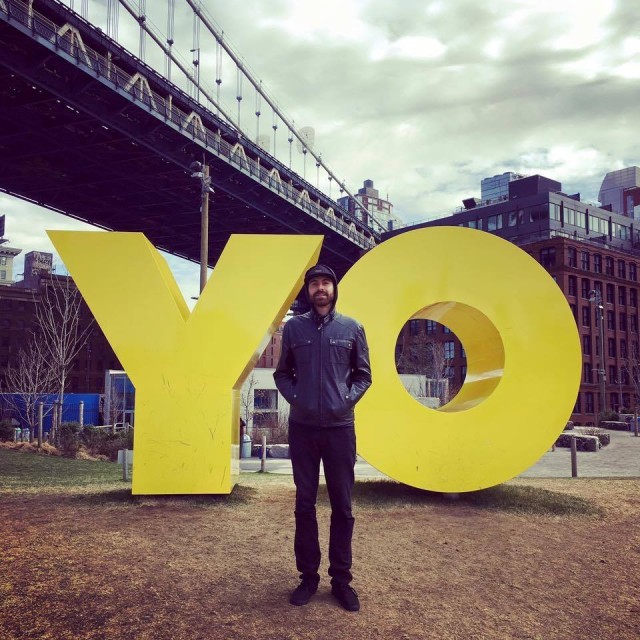
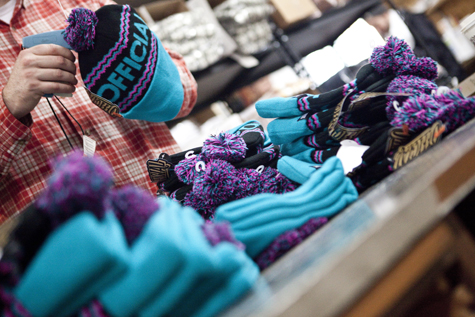
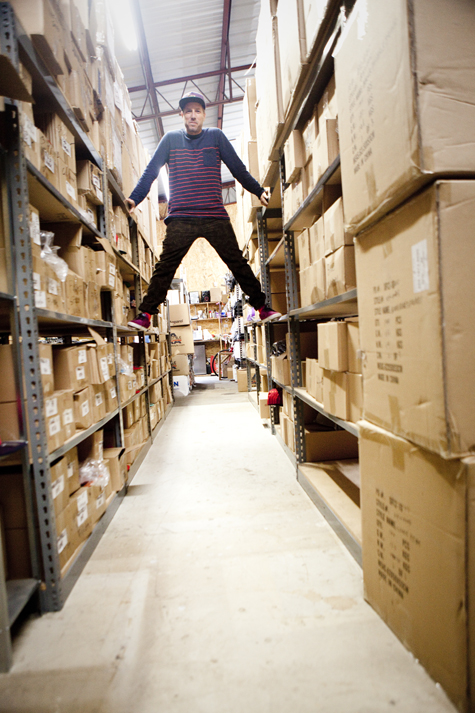
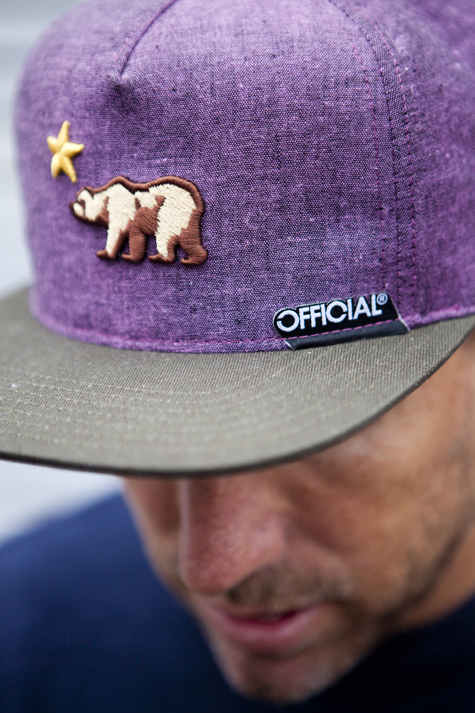
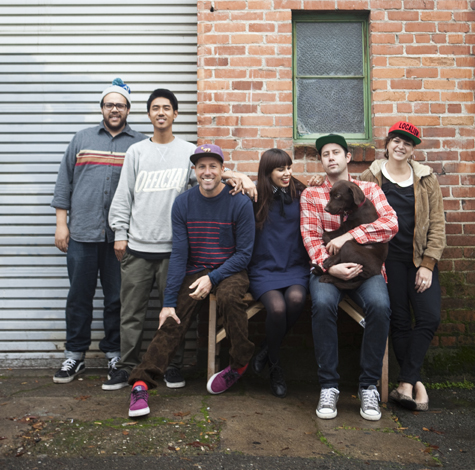
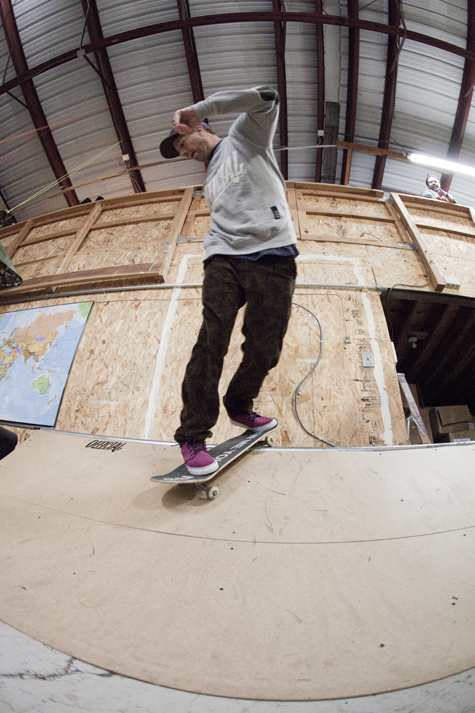
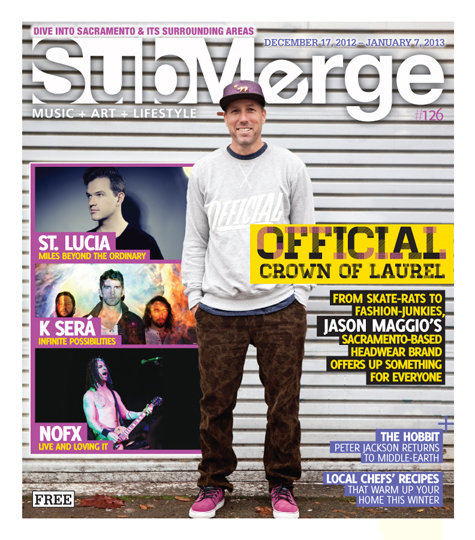




Comments